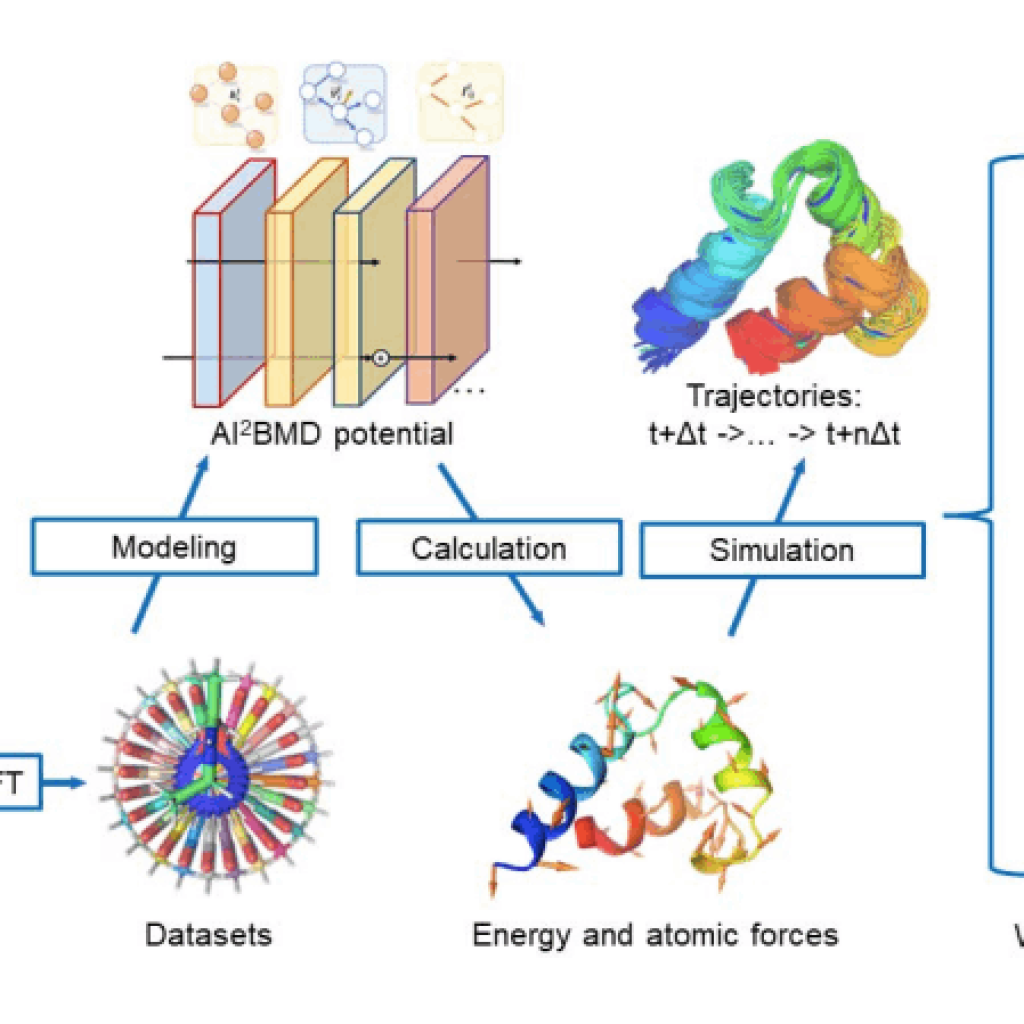In a notable departure from conventional teaching methods, educators are embracing the role of artificial intelligence (AI) in higher education. Integrating AI tools, such as ChatGPT, into classrooms is prompting a shift from emphasizing technical coding skills to fostering a deeper understanding of programming concepts. This change reflects the evolving landscape of education in an era where AI’s influence is rapidly expanding.
AI’s role in facilitating learning
Universities are witnessing a paradigm shift as professors make deliberate choices to recalibrate their approach to teaching. At the beginning of the semester, an elective centered on data-focused research introduced an innovative strategy. The instructor’s decision to minimize instruction on a widely-used data manipulation software and instead leverage AI-driven tools like ChatGPT underscores the growing confidence in AI’s capabilities.
The rationale behind this shift is straightforward yet significant. Rather than becoming adept at memorizing syntax, students are encouraged to utilize AI for generating code while concentrating on comprehending the underlying logic.
Prominent AI researcher Andrej Karpathy recently highlighted a noteworthy trend: the rise of English as a programming language. This observation underscores the pivotal role that AI is playing in reshaping how we interact with technology. As AI continues its exponential advancement, the necessity to master intricate coding languages is diminishing. The implications are far-reaching; future programmers will prioritize grasping the fundamentals of programming over memorizing syntax.
Preparing for the AI impact
While AI’s encroachment into various domains has raised concerns about job security, experts predict a nuanced future. Industry projections indicate that AI will not lead to mass unemployment among technical professionals; instead, the nature of their roles will evolve. Professionals will increasingly rely on AI tools like ChatGPT for executing tasks. At the same time, their uniquely human attributes, critical thinking, problem-solving, strategic planning, leadership, and teamwork will come to the forefront. By adapting to AI’s strengths and weaknesses, professionals can carve a resilient path forward in the changing job landscape.
The renaissance of liberal arts
Against these transformations, traditional higher education disciplines like the liberal arts are poised to regain prominence. The liberal arts, often underappreciated in favor of technical majors, are primed for resurgence. The decline in liberal arts enrollment over the past decade in American universities, including institutions like Notre Dame, signals a need for change. The exorbitant cost of education has compelled students to seek majors with immediate career relevance.
However, as AI usurps routine analytical tasks, the value of technical skills wanes. This realignment levels the playing field, making liberal arts degrees more attractive due to their emphasis on uniquely human qualities.
A key factor in the resurgence of the liberal arts is their resistance to AI’s encroachment. While AI can craft sonnets or essays, it cannot replicate the visceral human experience of engaging with arts, literature, and philosophy. The humanities thrive in their lack of practical utility. Their intrinsic value lies in enriching the human experience. This distinction positions the liberal arts as a bastion against the tide of automation, preserving the essence of what makes us human.
Navigating the new academic landscape
As universities navigate this evolving educational landscape, the future holds intriguing possibilities. While STEM and business majors have long been favored for their apparent practicality, the rise of AI is creating an environment where passions can once again guide academic choices. The prospect of technical skills losing their luster in the job market offers a unique chance for students to pursue their interests without compromising on career prospects.
The fusion of AI and education marks an exciting turning point. The emergence of AI-driven tools like ChatGPT is reshaping pedagogical norms, encouraging students to engage more deeply with programming concepts rather than fixating on coding syntax. This shift aligns with the changing demands of the job market, where human attributes complement AI’s computational prowess.
Amid these transformations, the liberal arts stand resilient, offering a holistic education that prepares students for a world where AI’s influence continues to expand. As academia evolves, the integration of AI serves as a testament to human adaptability and the enduring pursuit of knowledge.





